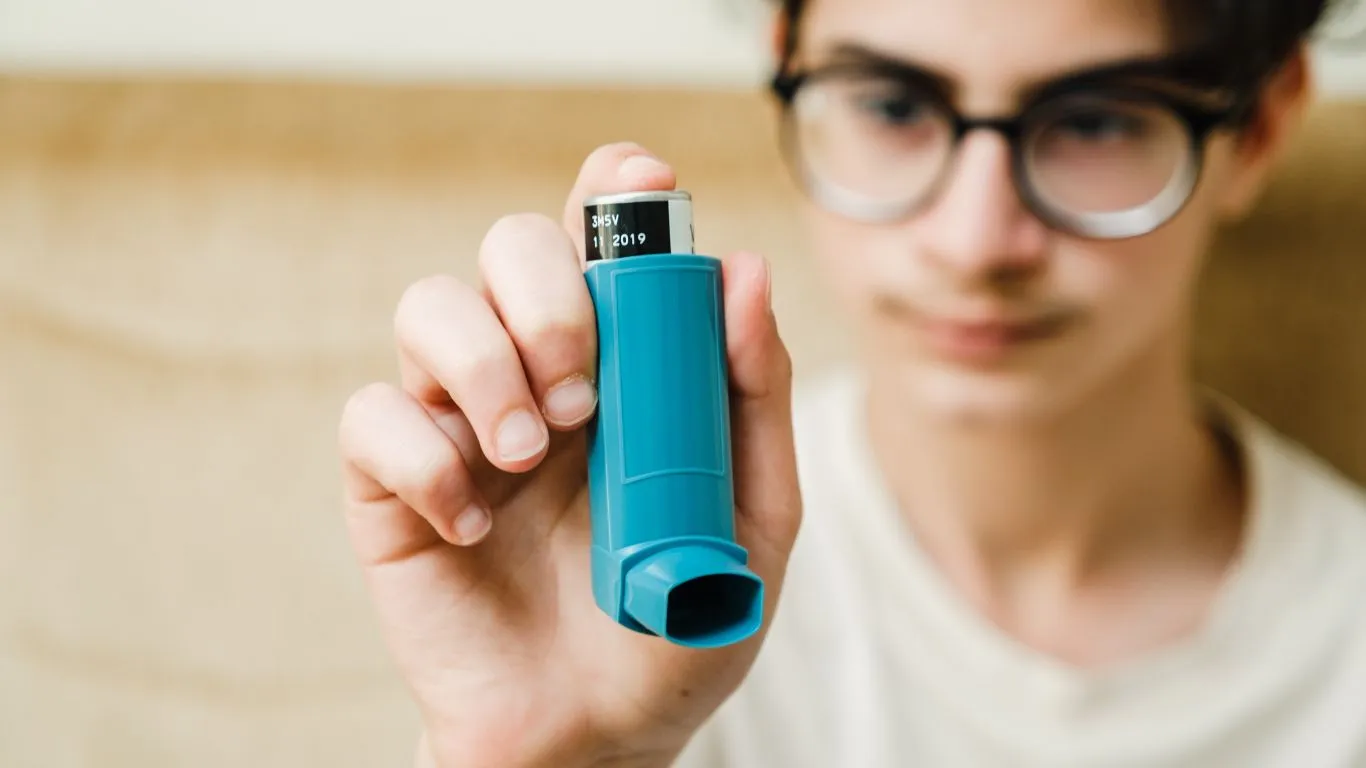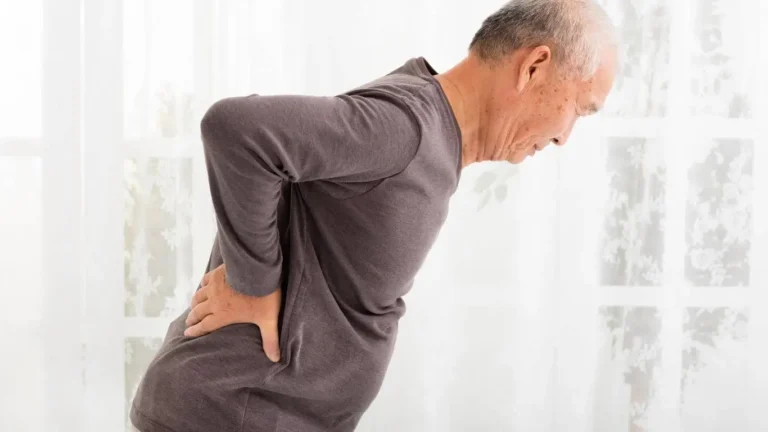Surprising Truth: Can Asthma Cause Chest Pressure After Eating?
Hey there! If you’ve ever felt a tight, uncomfortable pressure in your chest after eating and wondered, can asthma cause chest pressure after eating?, you’re definitely not alone. As a pulmonary nurse practitioner, I’ve come across many patients who describe this exact sensation. It can be confusing, especially when the symptoms seem to overlap with other conditions like acid reflux or heart problems. Let’s unpack this together and see why asthma might play a role in that post-meal chest pressure and what you should keep an eye on.
Understanding Asthma and Its Connection to Chest Pressure After Eating

Asthma, at its core, is a chronic respiratory condition where the airways become inflamed and narrowed, making it tough to breathe. Most people associate asthma with wheezing, coughing, or shortness of breath — but it doesn’t stop there. Chest tightness or pressure is a pretty common symptom and, interestingly, some individuals notice it more acutely after meals.
Why after eating, though? Here’s the deal from my clinical experience: the act of eating, especially larger or certain types of meals, can trigger or worsen asthma symptoms in some folks. This is often due to a mix of factors like:
- Gastroesophageal reflux disease (GERD): Acid reflux is a big player here. It’s common for acid to travel back up into the esophagus after eating, which can irritate the airways and trigger asthma symptoms, including that uncomfortable chest pressure.
- Food allergies or sensitivities: Some people with asthma also have food allergies that can worsen airway inflammation after eating certain foods.
- Physical changes in the chest and abdomen: Eating causes the stomach to expand, which can press against the diaphragm and lungs, sometimes making breathing feel a bit more restricted.
In my years working with patients, I’ve noticed that when asthma symptoms are poorly controlled, even everyday activities like eating can feel more challenging. It’s not just the wheezing or coughing — that chest pressure or tightness can feel very alarming, making folks wonder if something more serious is going on.
How Does Asthma Cause Chest Pressure?

Chest pressure from asthma isn’t usually due to the heart or actual muscle strain but instead relates to what’s happening in the lungs and airways. When the airways tighten and swell, the muscles around them constrict, which can create that sensation of pressure or heaviness in the chest. After eating, this effect might feel more pronounced because:
- Increased diaphragm movement: Your diaphragm works harder during digestion, which can amplify the feeling of chest tightness in someone with sensitive airways.
- Postural changes: Sitting or lying down right after meals can exacerbate airway irritation and trigger symptoms.
- Trigger foods: Spicy, fatty, or acidic foods may worsen reflux or inflammation, indirectly aggravating asthma symptoms.
One memorable patient of mine described the feeling like “an invisible weight pressing down on my chest right after dinner,” and it turned out her asthma was flaring due to untreated acid reflux. Once we addressed the reflux and adjusted her asthma medications, that pressure eased significantly.
Common Symptoms That Link Asthma to Post-Eating Chest Pressure
It’s important to distinguish whether your chest pressure after eating might be related to asthma or something else. Here are a few signs I’ve learned to watch for that suggest asthma might be involved:
- Wheezing or coughing: Especially if it starts or worsens after eating.
- Shortness of breath: Feeling breathless or tight, not just full or bloated.
- Chest tightness without heartburn: Pressure that feels different from typical indigestion.
- Symptoms improve with asthma inhalers: If using a rescue inhaler helps ease the chest pressure, that’s a strong clue.
Recognizing these patterns can help you and your healthcare provider tailor your treatment more effectively. Trust me, it’s a relief when you figure out what’s causing those scary sensations.
When to Suspect Asthma as the Cause of Chest Pressure After Eating
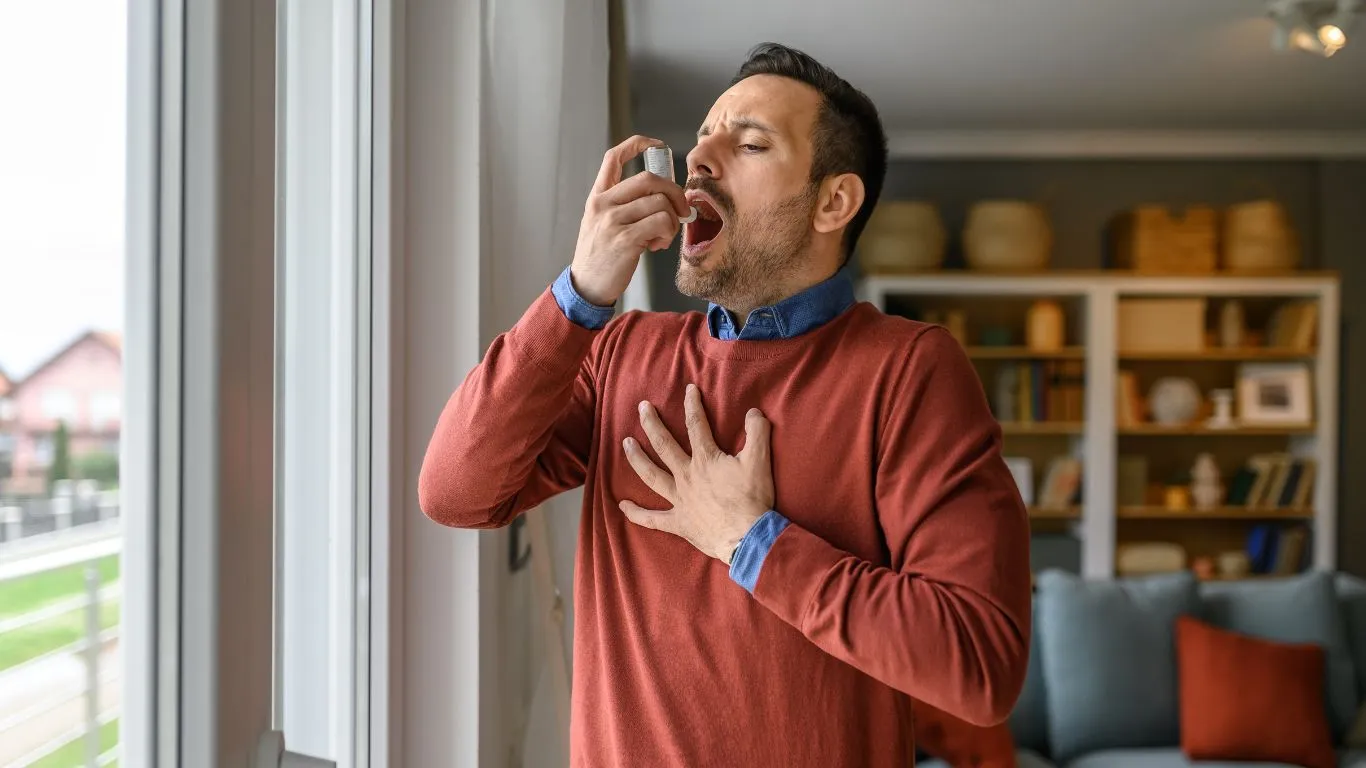
So, you’ve noticed chest pressure after meals, and asthma might be the culprit. But how do you really know? In my practice, it’s all about connecting the dots between your symptoms, lifestyle, and medical history. Here are some key clues that point toward asthma as the underlying cause:
- Recurring symptoms: If chest pressure happens frequently after eating and is paired with other classic asthma signs like wheezing or coughing, that’s a strong hint.
- Known asthma diagnosis: If you already have asthma, especially if it’s not well controlled, it’s more likely your post-meal chest discomfort is related to your lungs rather than your heart or digestive system.
- Triggers linked to food or environment: Asthma symptoms often flare with certain allergens or irritants. If you notice specific foods or even smells around meal times worsen your chest tightness, it’s worth considering asthma as the cause.
- Improvement with asthma treatment: Relief from chest pressure after using a bronchodilator or inhaled corticosteroids is a practical test in real life.
From my perspective, a detailed conversation about your eating habits, the types of foods you consume, and any history of allergies or respiratory issues makes a huge difference. Sometimes, what feels like chest pressure is actually a complex interaction between your digestive and respiratory systems — and we need to treat both to feel better.
How GERD and Asthma Create a Vicious Cycle
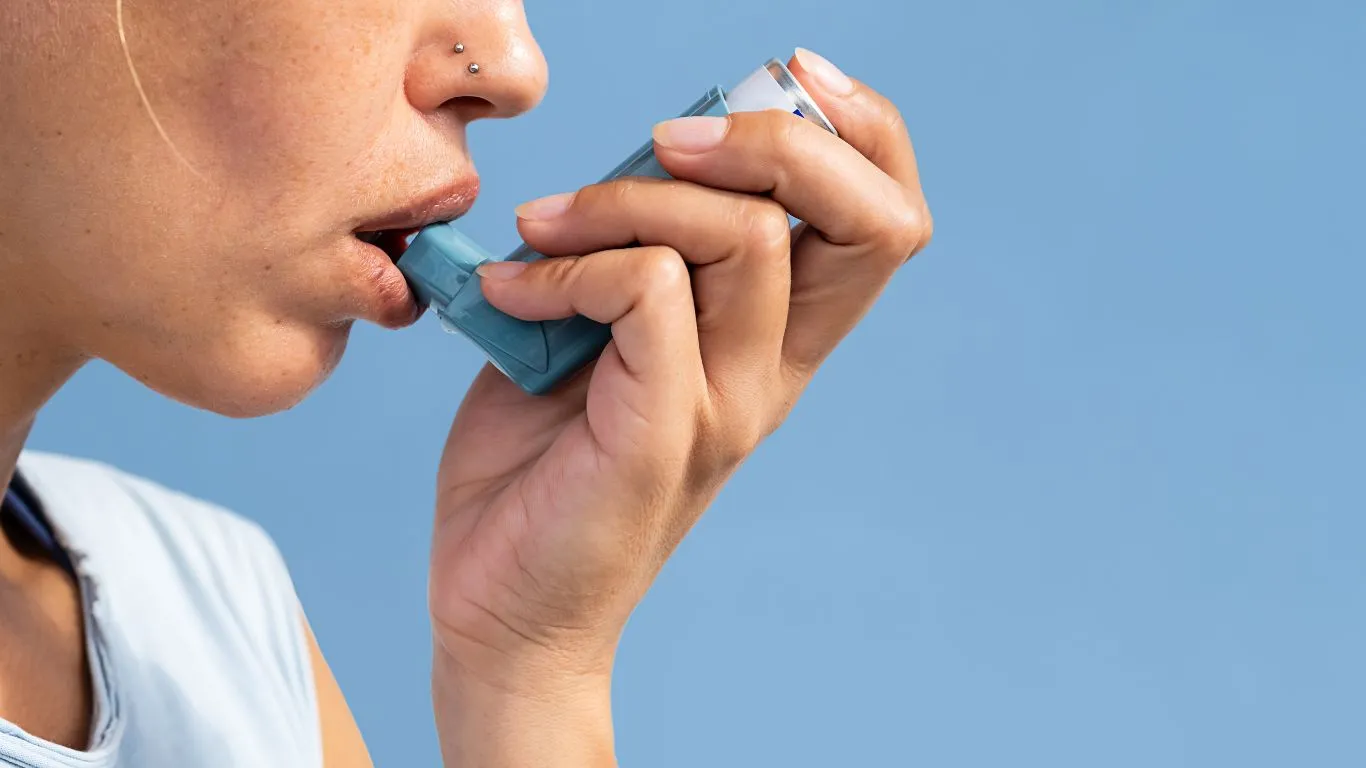
One of the trickiest parts about asthma causing chest pressure after eating is how closely asthma and GERD (acid reflux) often go hand in hand. From clinical experience, I can tell you that these two conditions love to make life harder for each other.
When stomach acid backs up into the esophagus, it can irritate the lining and trigger asthma symptoms — particularly chest tightness and pressure. But here’s the catch: asthma itself can worsen reflux symptoms by increasing pressure inside the abdomen during coughing or breathing difficulties.
Think of it as a frustrating loop:
- Acid reflux irritates the airways, causing asthma flare-ups.
- Asthma symptoms like coughing and chest tightness put more strain on the stomach and diaphragm.
- This extra pressure worsens reflux, which again triggers asthma symptoms.
Many of my patients who experience chest pressure after eating find that managing GERD with lifestyle changes and medications makes a significant difference in their asthma control, too. It’s all about breaking that cycle.
Practical Tips to Manage Chest Pressure After Eating if You Have Asthma

Okay, so what can you do if you’re dealing with chest pressure after eating and suspect asthma is involved? Over the years, I’ve gathered some effective strategies that help my patients breathe easier and reduce discomfort:
1. Watch What and How You Eat
What you put on your plate matters — but so does how you eat it. Here’s what I usually recommend:
- Smaller, more frequent meals: Big meals can stretch your stomach and push on your diaphragm, making breathing tougher.
- Avoid trigger foods: Spicy, fatty, and acidic foods are common culprits for reflux and asthma irritation. Keep a food diary to spot patterns.
- Eat slowly: Rushing through meals can cause you to swallow air, leading to bloating and more pressure on your chest.
2. Timing is Key
Try not to lie down or go to bed right after eating. Staying upright for at least 2-3 hours helps prevent reflux, which in turn can ease your asthma symptoms. From my experience, patients who adjust their post-meal routines often notice less chest tightness.
3. Keep Your Asthma Well Controlled
This one might seem obvious, but it’s critical. Regular use of prescribed asthma inhalers and medications keeps airway inflammation in check, reducing the chance that post-meal pressure will sneak up on you. If you’re unsure about your asthma control, it’s always a good idea to chat with your healthcare provider.
4. Manage Stress and Practice Breathing Techniques
Stress can worsen both asthma and digestive symptoms. Simple breathing exercises, mindfulness, or even light yoga can reduce tension in your chest and abdomen. I often teach patients how to do diaphragmatic breathing to help calm their symptoms when pressure or tightness hits.
5. Talk to Your Doctor About GERD Treatment
If acid reflux is playing a part, medications like antacids or proton pump inhibitors can help calm the stomach and reduce irritation in your airways. I always emphasize treating both asthma and reflux when they occur together — it’s a team effort.
One patient I worked with had tried everything for chest pressure until we addressed her GERD properly. Once she started her reflux meds and tweaked her asthma inhaler, that post-meal pressure feeling became a rare occurrence instead of a daily battle.
When to Seek Medical Help for Chest Pressure After Eating
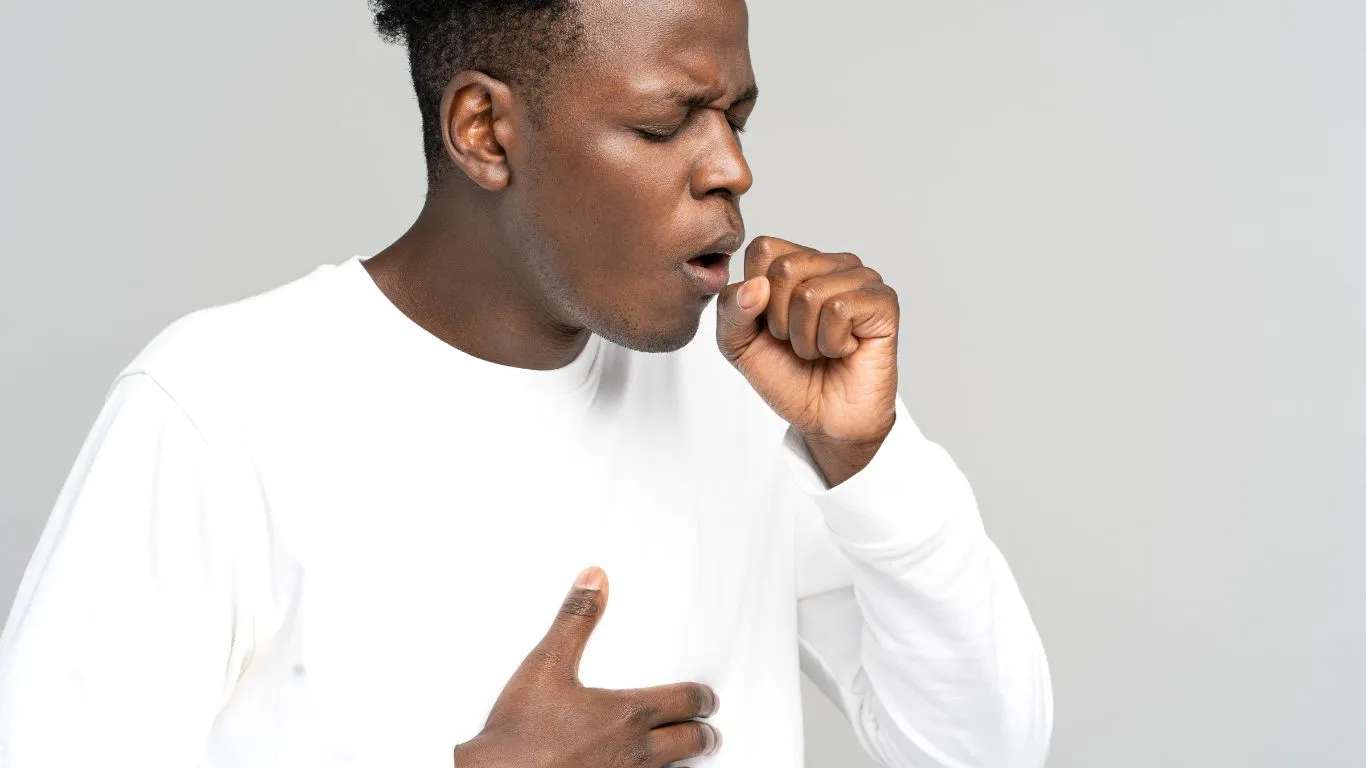
Chest pressure after eating can feel pretty scary, and it’s natural to wonder when it’s time to see a doctor. From my experience as a pulmonary nurse practitioner, it’s always better to be cautious—especially when dealing with symptoms that overlap between asthma, heart issues, or digestive problems.
If you experience any of the following, it’s important to get evaluated promptly:
- Severe or sudden chest pain: This should never be ignored and requires immediate medical attention.
- Shortness of breath that worsens rapidly: Difficulty breathing, especially if it doesn’t improve with your usual asthma inhaler.
- Chest pressure accompanied by dizziness, sweating, or nausea: These could be signs of a cardiac problem.
- Symptoms that persist or worsen despite asthma treatment: If your chest tightness after meals isn’t improving, it’s time to revisit your care plan.
When you visit your healthcare provider, be ready to discuss your symptoms in detail—like when the pressure started, what makes it better or worse, your asthma history, and any other medical conditions. Sometimes, further tests like lung function tests, EKG, or endoscopy might be necessary to get a full picture.
In clinic, I always emphasize that no one should suffer in silence with chest pressure after eating, especially if they have asthma. I take a thorough history and use my clinical knowledge to tailor treatment plans, often coordinating with gastroenterologists or cardiologists as needed. It’s about teamwork, ensuring every angle is covered to get you feeling better.
Preventing Chest Pressure After Eating: Lifestyle Habits That Help

Prevention is one of the best tools we have, and there are plenty of lifestyle tweaks that can make a big difference in managing chest pressure linked to asthma. Here’s what I often share with my patients:
Maintain a Healthy Weight
Extra weight can put pressure on your abdomen and lungs, worsening both asthma and reflux symptoms. Even a modest weight loss can reduce the frequency and intensity of chest tightness after eating.
Stay Active but Mindful
Regular exercise helps improve lung function and digestion, but intense activity immediately after a big meal can trigger symptoms. I suggest light walks after eating and saving heavy workouts for a different time of day.
Manage Allergies and Environmental Triggers
Asthma often coexists with allergies, so keeping allergens like dust, pet dander, and pollen under control can reduce flare-ups. Avoiding smoke and strong odors around meal times also helps prevent airway irritation.
Hydrate and Avoid Excessive Alcohol or Caffeine
Drinking plenty of water aids digestion and lung health. On the flip side, alcohol and caffeine can worsen reflux and asthma symptoms, so moderation is key.
One of my patients, a longtime asthma sufferer, found that small changes like cutting back on caffeine and taking a short walk after meals helped reduce her chest pressure dramatically. It’s these everyday habits that often make a big difference over time.
Summary and What to Remember About Asthma and Chest Pressure After Eating
So, can asthma cause chest pressure after eating? The answer is yes — but it’s rarely the only player. Often, asthma interacts with reflux, allergies, or lifestyle factors to create that uncomfortable feeling. The good news is that with proper management, targeted treatment, and some simple lifestyle adjustments, you can reduce or even prevent these symptoms.
Always listen to your body and don’t hesitate to reach out to your healthcare provider if the pressure feels unusual or worsens. Your lungs and chest deserve the best care, and you deserve peace of mind.
References
- American Gastroenterological Association
- American Lung Association
- American Academy of Allergy, Asthma & Immunology
Disclaimer
This article is for informational purposes only and is not a substitute for professional medical advice, diagnosis, or treatment. Always consult your healthcare provider regarding any medical concerns or before starting new treatments.

Bianca Nala is a compassionate Nurse Practitioner with a strong background in primary and respiratory care. As a health writer for Healthusias.com, she combines her clinical expertise with a talent for clear, relatable storytelling to help readers better understand their health. Bianca focuses on topics like asthma, COPD, chronic cough, and overall lung health, aiming to simplify complex medical topics without losing accuracy. Whether she’s treating patients or writing articles, Bianca is driven by a single goal: making quality healthcare knowledge accessible to everyone.
